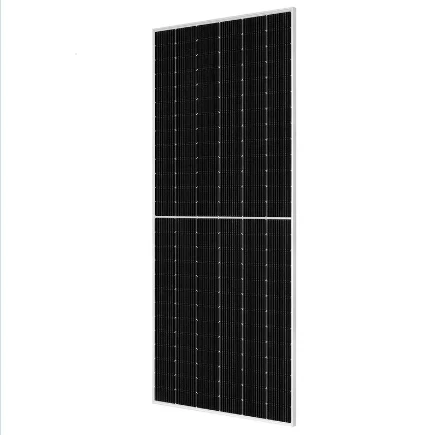Comparing Bifacial and Monofacial Solar Panels for Optimal Energy Production
Bifacial vs. Monofacial Solar Panels A Comprehensive Comparison
In recent years, the solar energy industry has seen remarkable advancements in technology, particularly in the development of solar panels. Among these innovations, bifacial and monofacial solar panels have emerged as two primary options for solar energy systems. Understanding the differences between them can help consumers make informed choices regarding their solar investments.
What Are Bifacial and Monofacial Solar Panels?
Monofacial solar panels are the traditional type of solar panels that have a photovoltaic (PV) surface on one side. These panels capture sunlight directly from the sun and convert it into electricity. Bifacial solar panels, on the other hand, are designed with photovoltaic cells on both sides, allowing them to capture sunlight from both the direct rays from above and the reflected light from the ground or surrounding surfaces.
Efficiency and Energy Production
One of the main advantages of bifacial panels is their increased efficiency compared to monofacial panels. Research indicates that bifacial panels can produce 10% to 20% more energy, depending on the installation and environmental conditions. The dual-sided design allows them to harness sunlight that would otherwise go to waste, especially in environments with high albedo—such as snowy areas or reflective surfaces. This increased energy yield can significantly enhance the return on investment over the lifespan of the panels.
Installation and Costs
bifacial vs monofacial

Despite their benefits, bifacial panels typically come with a higher upfront cost than monofacial panels. The complexity of their design and the technology involved contribute to their price. However, potential savings in the long run due to higher energy production can offset this initial investment. Additionally, the installation of bifacial panels may require specific mounting systems to maximize their performance, as they need to be elevated to capture reflected light effectively. Monofacial panels generally offer a simpler installation process, which can be appealing for residential users.
Durability and Longevity
Both types of panels are built to withstand harsh environmental conditions. Bifacial panels, due to their robust design, can have a longer lifespan, with many manufacturers offering warranties of up to 30 years. Moreover, since the bifacial design allows for less wear and tear on the surface exposed to sunlight, these panels may maintain efficiency longer than their monofacial counterparts. However, the actual durability can vary based on the specific materials used and the manufacturer.
Aesthetic Considerations
From an aesthetic standpoint, both bifacial and monofacial panels have their merits. Monofacial panels are often simpler and less visually intrusive, making them a popular choice for homeowners concerned about the appearance of their solar systems. Bifacial panels, on the other hand, may have a sleeker look, especially when designed with clear backsheets, contributing to a modern aesthetic. However, their mounting systems may be more visible, which could be a consideration for visually-conscious consumers.
Conclusion
In conclusion, the choice between bifacial and monofacial solar panels largely depends on individual needs, site conditions, and budget considerations. Bifacial panels offer increased energy production and potentially greater long-term returns on investment, making them an attractive option for larger installations or areas with high reflectivity. On the other hand, monofacial panels provide a more straightforward installation and are generally more affordable upfront. Ultimately, both technologies have their place in the solar energy landscape, and consumers should carefully evaluate their specific circumstances before making a decision.
-
String Solar Inverter: The High-Efficiency Solution for Smart Solar EnergyNewsJul.14,2025
-
Revolutionizing Rooftop Energy with the Power of the Micro Solar InverterNewsJul.14,2025
-
Power Independence with Smart Off Grid Solar Inverter SolutionsNewsJul.14,2025
-
On Grid Solar Inverter: Powering the Future with Smart Grid IntegrationNewsJul.14,2025
-
Monocrystalline Solar Panels: High-Efficiency Power for the Future of Clean EnergyNewsJul.14,2025
-
Bifacial Solar Panel: A Smarter Investment for Next-Generation Energy SystemsNewsJul.14,2025







